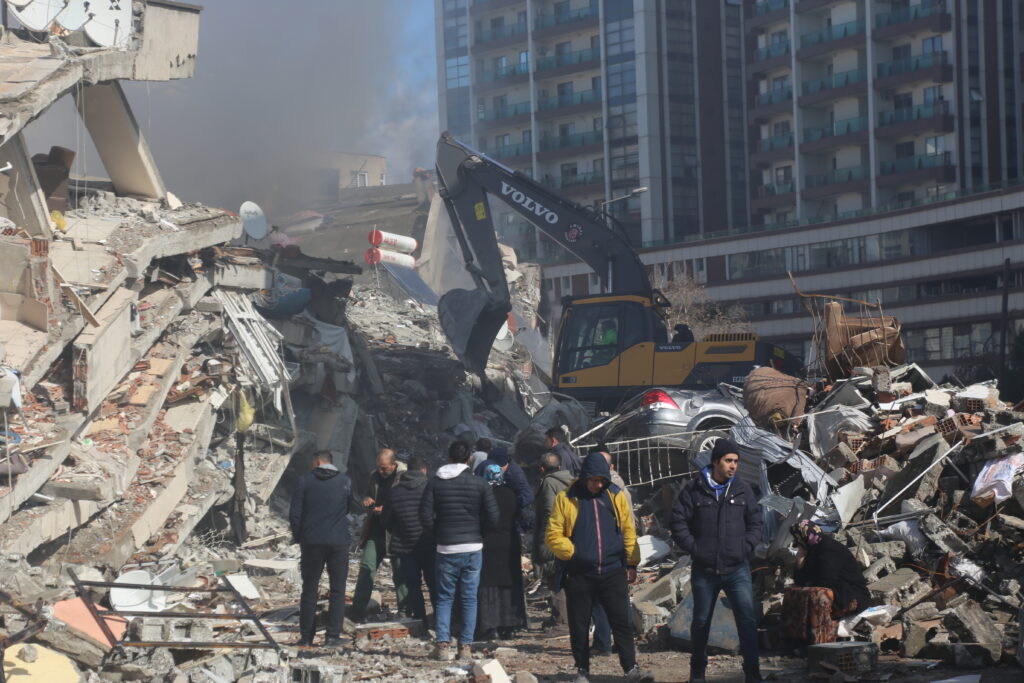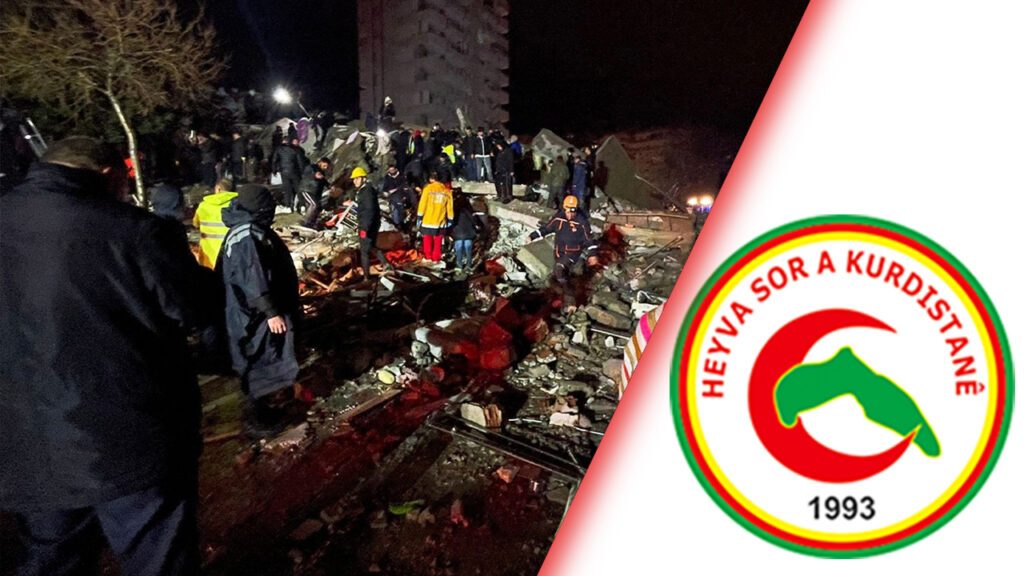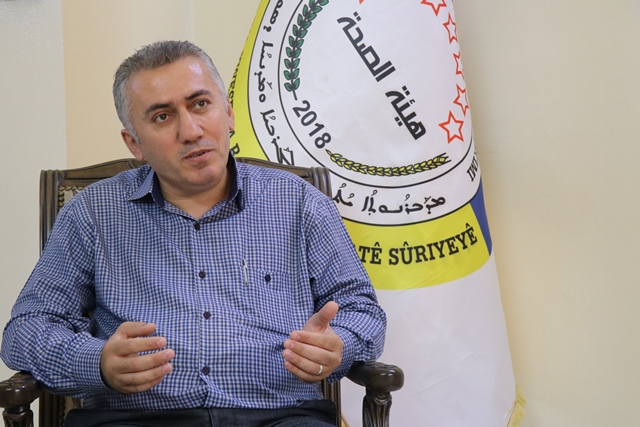Robin Fleming
Even in a highly publicised, front page catastrophe, such as Monday’s (6 February 2023) 7.8 magnitude earthquake which hit southeastern Turkey and parts of northern Syria, regions with high Kurdish populations, especially the Autonomous Administration of North and East Syria (AANES), still end up somehow being forgotten by the media and even more vitally, aid organisations.

Southeastern Turkey and northern Syria were rocked by an earthquake of magnitude 7.8 on Monday 6 February. The death toll is steadily climbing with already thousands of confirmed fatalities.
A natural disaster should transcend politics and divisions, give nations an opportunity to focus on people, people who desperately need help. Shortly after the earthquake, Mazloum Abdi, Commander-in-Chief of the Syrian Democratic Forces (SDF) shared a tweet offering help and condolences to Turkey, which can be translated as the following:
“We were very saddened to hear about the earthquake in North Kurdistan and Turkey.
We would like to express our condolences to the people of North Kurdistan and of Turkey and to the families of the victims, and we hope for the recovery of the injured. Our attention is on you, and our hands are open to help.”
Many news outlets have been entirely ignoring, or simply adding in as an afterthought, the earthquake’s devastating effects on northern Syria. With both the BBC and CNN, among others, referring to it simply as ‘Turkey’s Earthquake’ in their headlines.
Multiple US officials, including President Joe Biden, Secretary of State Antony Blinken, and John Kirby, the National Security Council coordinator for strategic communications, have made statements offering help and condolences, or begun coordinating aid efforts but mentioning only Turkey. Not specifying northern Syria, or mentioning that many of the areas affected in both Syria and Turkey have a high Kurdish population, as reported by Voice of America (VOA).
But of course war-torn Syria was also hit hard by the earthquake, with Medya News reporting 650 fatalities in northern Syria as of Monday evening. This number is expected to rise.
Keep in mind Syria is already a country with 6.9 million internally displaced citizens, as of 2022, as reported by Syria Humanitarian Needs Overview (HNO), and is in even more desperate need of humanitarian aid.
The International Relief Committee (IRC) has touched on this issue, saying:
“As the number of injured continues to rise there are very real concerns about the ability of an already decimated health system to cope inside Syria. Following years of conflict, hospitals in northern Syria are overstretched as they grapple with a recent cholera outbreak.”
The bitter reality is that Syrian regions need international aid to deal with this crisis, as all operating forces in the country are already overburdened with the affects of a decade-long war, millions of displaced citizens, and in the case of the AANES and the SDF, the ongoing struggle to prevent an Islamic State (ISIS) resurgence.
To the untrained eye, it would seem that there has been a heartwarming global response, with many countries sending aid and many organisations starting campaigns and fundraisers. To a large extent this is true, with one glaring exception. The AANES is almost always forgotten. For example, USA Today shared what was intended to be an exhaustive list of active groups in Turkey and Syria accepting donations for earthquake relief. The list includes the Syrian Red Crescent, the Turkish Red Crescent, and multiple US-based organisations.

There was also no mention of the Kurdistan Red Crescent (Heyva Sor a Kurdistanê), a non-governmental organisation operating mainly in AANES-controlled areas in Syria providing medical services and aid to refugees, despite the fact that Heyva Sor recently launched an aid campaign to help victims of Monday’s earthquake.
Even before this event Heyva Sor was struggling to operate. The Rojava Information Centre, a media centre on the ground in North and East Syria, recently reported that Heyva Sor has ceased to operate in the city of Kobane due to lack of funding, and materials.

Joan Mustafa, co-chair of the Health Board of the AANES, has stated that Administration hospitals are willing to receive victims affected by the earthquake, including those from outside Administration areas.
As of yesterday around 2:00pm GMT+, Mustafa shared the preliminary casualty figures for AANES regions. AANES-held neighbourhoods of Aleppo such as Sheikh Maqsoud and Ashrafiyeh were hit the hardest, with at least 33 wounded and 6 confirmed deaths. This is probably much lower than the actual numbers. Kobane, Manbij, and Shebha, an area outside Afrin full of Internally Displaced People (IDPs) have also documented several wounded civilians.
Even so, Mustafa also confirmed that AANES hospitals are ready and willing to treat any emergency cases, from any region whether or not they are from AANES territory. It is strangely beautiful but also concerning to see a region which has struggled for so long, and already had more than enough on its plate being so willing to help others, even when others so frequently forget them.
Robin Fleming is an American Researcher who has worked with the Rojava Information Centre and specialises in North and East Syria.










